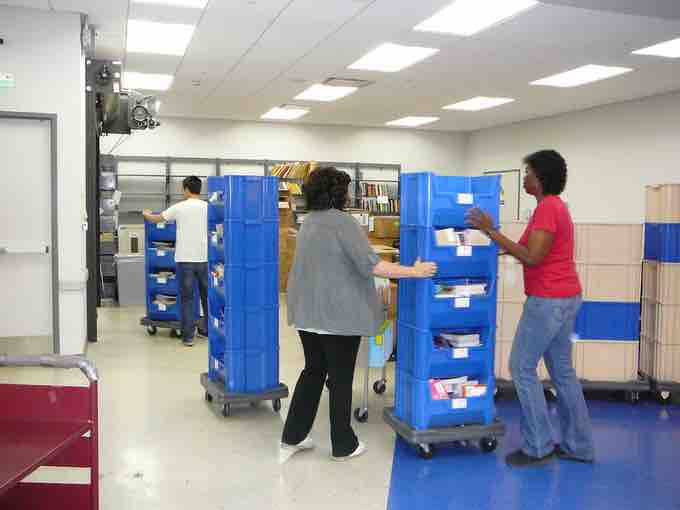Recognizing Revenue after Delivery of Goods
When a sale of goods transaction carries a high degree of uncertainty regarding collectibility, a company must defer the recognition of revenue. In this situation, revenue is not recognized at point of sale or delivery. There are three methods that recognize revenue after delivery has taken place: .

Service Delivery
Delivery of goods or service may not be enough to allow for a business to recognize revenue on a sale if there is doubt that the customer will pay what it owes.
The installment sales method recognizes income after a sale or delivery is made; the revenue recognized is a proportion or the product of the percentage of revenue earned and cash collected. The unearned income is deferred (recorded as a liability) and then recognized to income when cash is collected. For example, if a company collected 45% of a product's sale price, it can recognize 45% of total revenue on that product. The installment sales method is typically used to account for sales of consumer durables, retail land sales, and retirement property.
The cost recovery method is used when there is an extremely high probability of uncollectable payments. Under this method, no revenue is recognized until cash collections exceed the seller's cost of the merchandise sold. For example, if a company sold a machine worth $10,000 for $15,000, it can start recognizing revenue when the buyer has made payments in excess of $10,000. In other words, each dollar collected greater than $10,000 goes towards the seller's anticipated revenue on the sale of $5,000.
The deposit method is used when a company receives cash before transfer of ownership occurs. Revenue is not recognized when cash is received because the risks and rewards of ownership have not transferred to the buyer. The seller records the cash deposit as a deferred revenue, which is reported as a liability on the balance sheet until the revenue is earned. For example, sales of magazine subscriptions utilize the deposit method to recognize revenue. A deferral is recorded when a seller receives a subscriber's payment on the subscription; cash is debited and deferred magazine subscriptions (a liability account) is credited. As the delivery of the magazines take place, a portion of revenue is recognized, and the deferred liability account is reduced for the amount of the revenue.